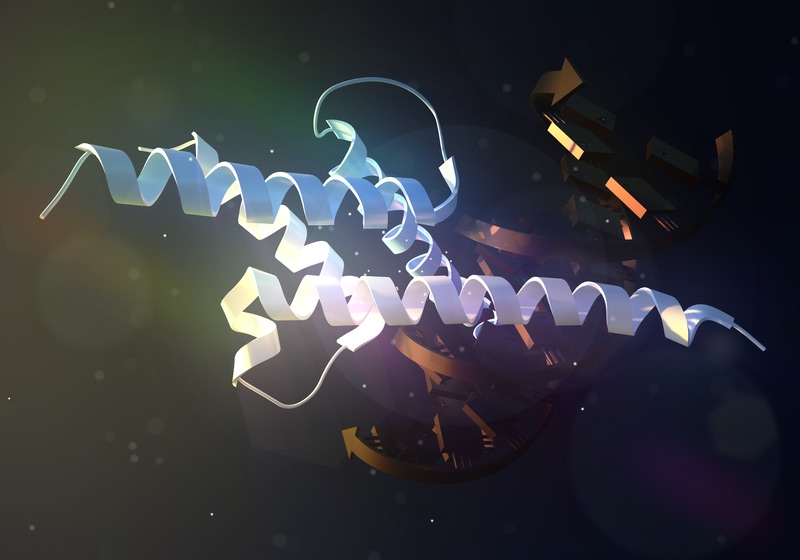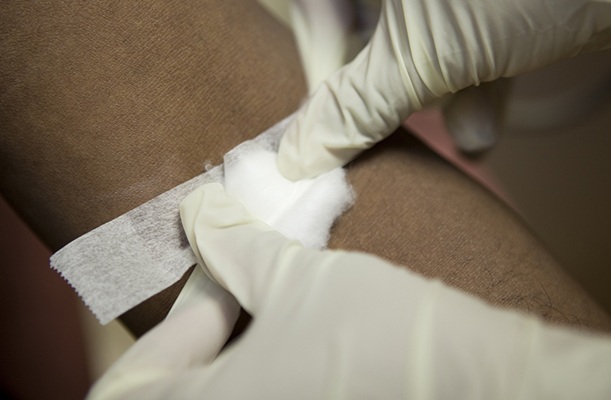Circadian Rhythm Genes Are Biomarkers for Predicting Risk of Preterm Birth
By LabMedica International staff writers
Posted on 17 Aug 2021
The CLOCK and CRY2 genes have been identified as useful biomarkers for predicting the likelihood that a pregnant woman will experience a preterm birth.Posted on 17 Aug 2021
Previous studies have observed an association between maternal circadian rhythm disruption and preterm birth. However, the underlying molecular mechanisms and the potential of circadian clock genes to serve as predictors of preterm birth remain unexplored.

Structure of CLOCK circadian regulator (courtesy of: Wikimedia Commons)
Investigators at Michigan State University (East Lansing, USA) examined the association of 10 core circadian transcripts in maternal blood with spontaneous preterm births versus full term births using a nested case-control study design. For this study, maternal blood was sampled in trimesters two-three from women with spontaneous preterm births (n = 51) and full term births (n = 106), matched for five demographic variables.
Results revealed that in second trimester maternal blood, only CLOCK and CRY2 transcripts were significantly lower in spontaneous preterm births versus full term. In addition, the investigators identified 98 common pathways that were negatively or positively correlated with CLOCK and CRY2 expression.
CLOCK is a gene encoding a basic helix-loop-helix-PAS transcription factor that is believed to affect both the persistence and period of circadian rhythms. The CLOCK gene plays a major role as an activator of downstream elements in the pathway critical to the generation of circadian rhythms. In mammals, the proteins coded by the CRY1 and CRY2 genes act as light-independent inhibitors of CLOCK-BMAL1 components of the circadian clock.
“We were excited to discover lower mRNA levels in the CRY2 and CLOCK genes,” said senior author Dr. Hanne Hoffmann, assistant professor of animal science at Michigan State University. “Preterm births are common. If we know the mother is at risk for a preterm birth, her doctor can monitor her more closely. If we could measure women’s mRNA levels and tell them for their second or third pregnancies that they are not at risk for a preterm birth because their levels are higher (in a normal/healthy range), that would be such a comfort to the mothers who previously had a preterm birth. If I can help one baby make it to full term who was not supposed to, that would make my day.”
The preterm birth study was published in the June 18, 2021, online edition of the Journal Biology of Reproduction.
Related Links:
Michigan State University














